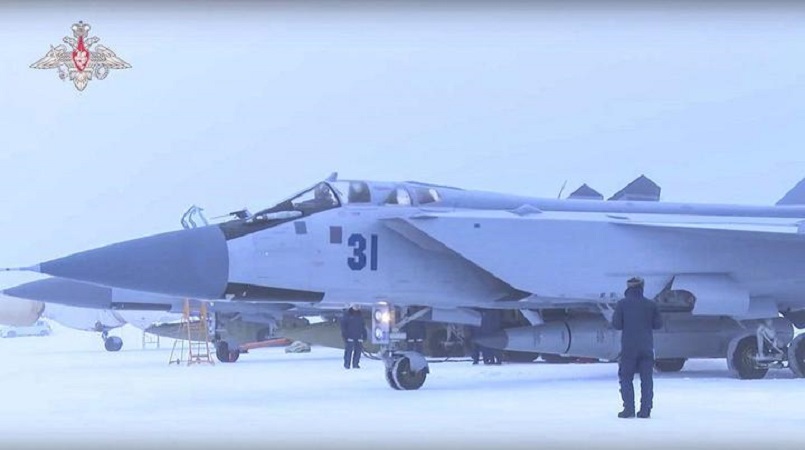
Russia's military has fired a hypersonic ballistic missile and destroyed a big underground arms depot in western Ukraine, the defence ministry in Moscow has said.
If confirmed it would be Russia's first use in this war of the Kinzhal, or Dagger, ballistic missile launched from the air, most likely by a MiG-31 warplane.
What are hypersonic missiles?
President Vladimir Putin has repeatedly highlighted Russia's investment in hypersonic missiles, which can travel at more than five times the speed of sound, or Mach 5.
The statistics are impressive: according to Russian officials the Kinzhal can hit a target up to 2000km away and can fly faster than 6000 km/h. But does that make them any more dangerous than other missiles or even artillery which can cause just as much death and destruction?
"I don't view it as that significant," says James Acton, nuclear policy specialist at the Carnegie Endowment for International Peace. "I don't know how much of an advantage Russia is getting from using hypersonic missiles."
President Putin boasted last December that Russia was leading the world in hypersonic missiles, which are hard to track because they can change direction in mid-flight.
Russia posted a video of what it said was its missile strike on the arms depot in Deliatyn, a village in south-western Ukraine only 100km from the border with Romania.
"It's a sign of showmanship. Even if it's used we should consider it as an isolated moment because Russia doesn't have a large number of these missiles," said Dominika Kunertova of the Center for Security Studies in Zurich.
